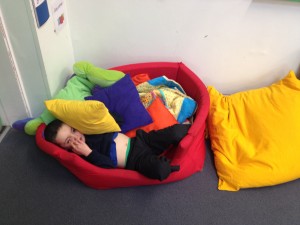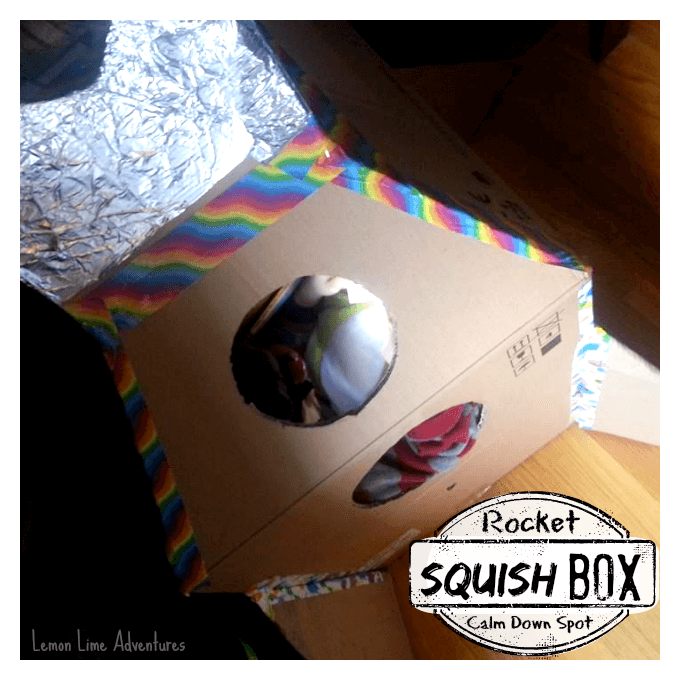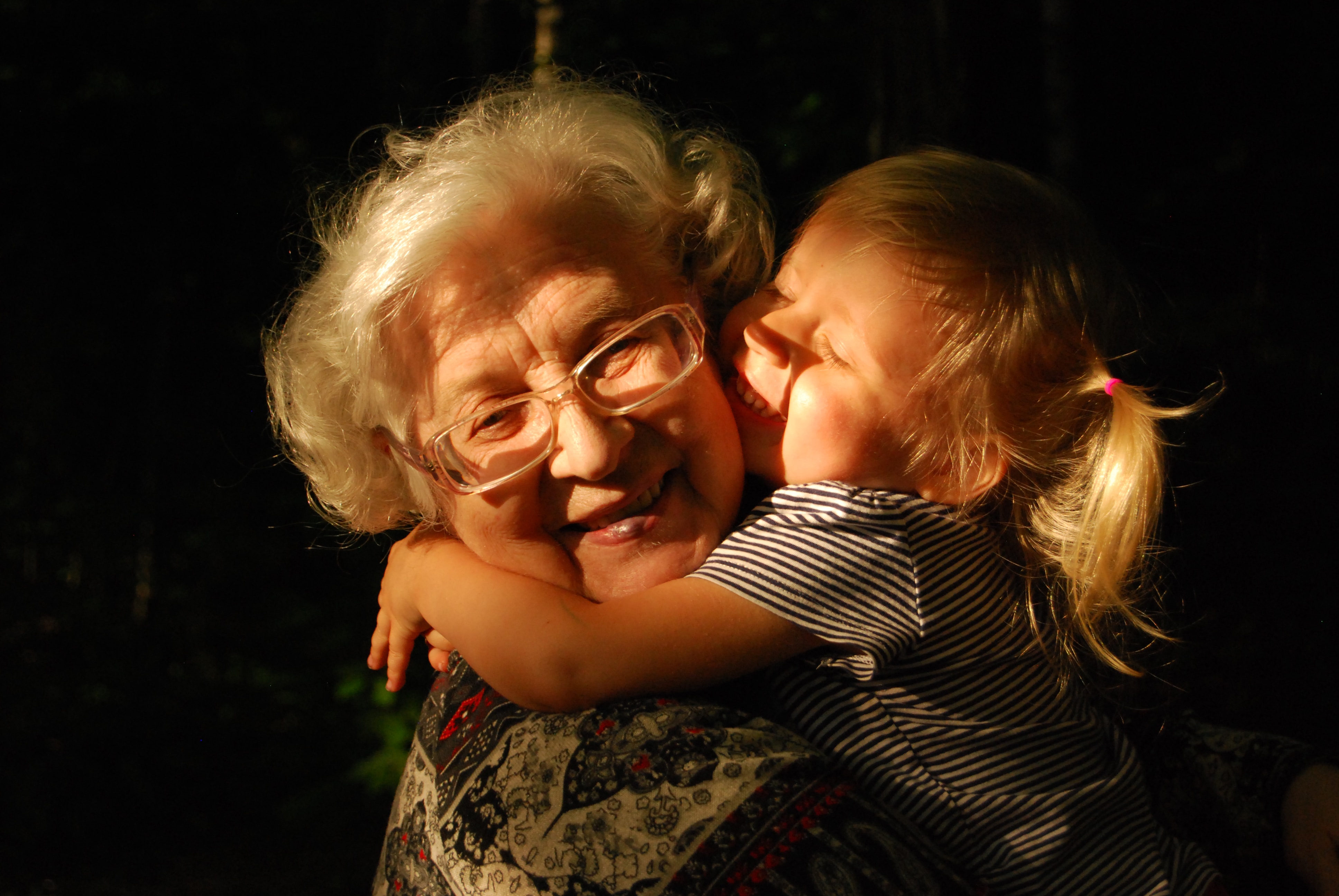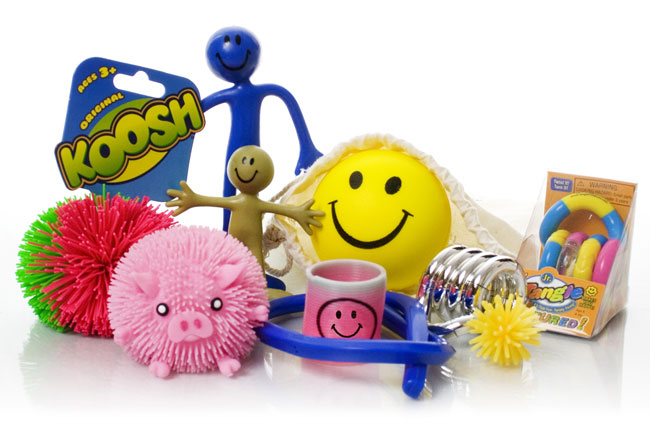In this newsletter I am concluding the series on the three key sensory systems by looking at the tactile system. If you would like a recap, you can find the previous emails on the proprioceptive system and the vestibular system here.
What is the tactile sense and is this different to deep pressure?
The tactile system refers to the sense of touch and is one of our primary ways of gathering information about the world around us. It involves the receptors in our skin that detect various sensations such as pressure, temperature, pain, and texture. It is worth noting that we also have tactile receptors in our mouth.
Deep pressure is a form of tactile input and refers to the application of firm, evenly distributed tactile input to the body. This pressure can be achieved through various means, such as weighted blankets, compression clothing, hugs, or even using specific tools like stress balls and fidget toys. Deep pressure is however different to proprioception. The tactile receptors respond to contact to the skin (the external surface of the body). The proprioceptive receptors respond to muscle contraction or joint movement.
What are the functions of the tactile system?
- The tactile system is foundational in our connecting and bonding with other people. Our tactile system is one of the earliest sensory systems to develop so when babies are born tactile input is crucial in attachment. Hence the skin to skin contact with the caregiver that is emphasised as soon as the baby is born.
- The tactile system helps us to understand and interpret the physical qualities of objects and surfaces we come into contact with. From a very early age we use our tactile system to learn about the shape, texture and feel of an object. Often babies will put objects into their mouths to explore them.
- The protective part of the tactile system allows us to keep safe if necessary and is linked to the fight, flight, freeze response.
- The tactile system is important in our emotional regulation. It can be used to calm our arousal level using deep pressure, or increase our arousal level using light, tickly touch.
- In combination with our proprioceptive system, the tactile system is important in generating a body map and body awareness. It plays an important part in many daily activities, such as handwriting, eating, getting dressed to name a few.

What are some signs of tactile processing difficulties?
Some individuals may experience challenges with processing tactile information, which can impact their daily lives. Here are a few signs that may indicate tactile sensory processing difficulties:
1. Over responsive: Individual may display an aversion to certain textures, resist touch or grooming activities, and become overwhelmed by clothing tags or seams.
2. Under responsive: On the other hand, other individuals may not seem to notice touch, and have a high tolerance for pain.
3. Sensory seeking: They seek intense tactile sensory experiences, constantly touching or seek tactile stimulation.
4. Poor Discrimination: They may struggle to differentiate between different textures or identify objects solely through touch. They may have difficulties with every day activities such as handwriting, and getting dressed. They may have poor motor planning skills.
Deep Pressure Activities
Deep pressure acts as a regulator to the nervous system by calming our arousal level. We often naturally give someone a hug or stroke them if we see they are upset. Deep pressure can help block out pain. When you stub your toe, your first reaction is often to grab hold of your toe and squeeze it hard. Or when a child falls over, we often tell them to “rub it better”. It is important not to solely rely on deep pressure as the individual’s only regulator and in the next newsletter there will be a case study to illustrate this point.
It is best to build these activities into an individual’s daily routine so they occur naturally throughout the day, a sensory lifestyle, rather than a ‘prescriptive’ exercise session. It is essential to note that deep pressure should always be applied with the individual’s consent and respect for their individual preferences and sensory needs.
Here are just a few ideas to get you started:
Sensory Corner

Create an area in the classroom or bedroom with beanbags, big cushions, blankets

Massage/hugs

At home:
- Hugs
- Massage
- Wrapping in bath towel and rubbing
At school/other setting:
- Peer massage
- Massage balls or therapy ball
- Wrapping in piece of lycra material
- Duvet ball bag
Fidget toys

Any item to squeeze or knead in hands
- Playdoh
- Making bread
- Fidget toys
- Squeeze balls



